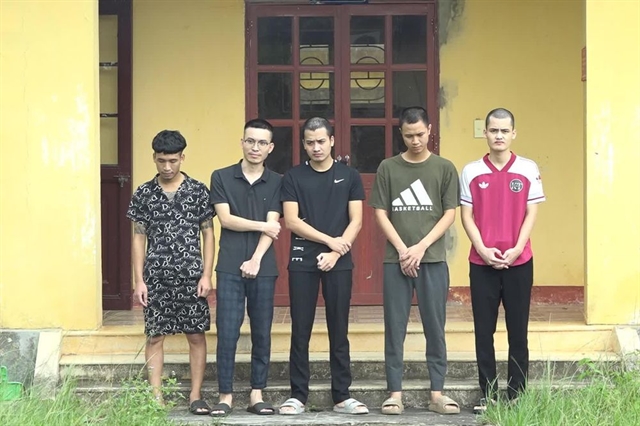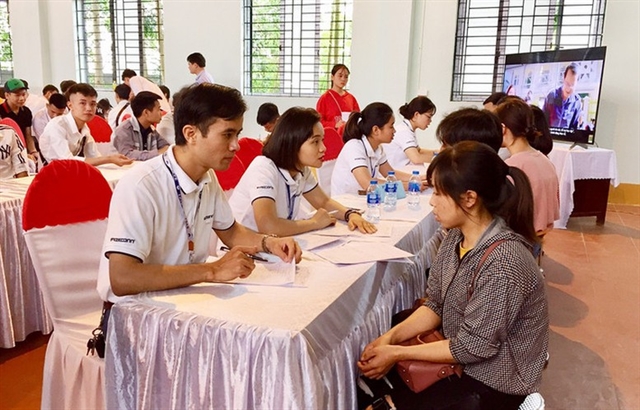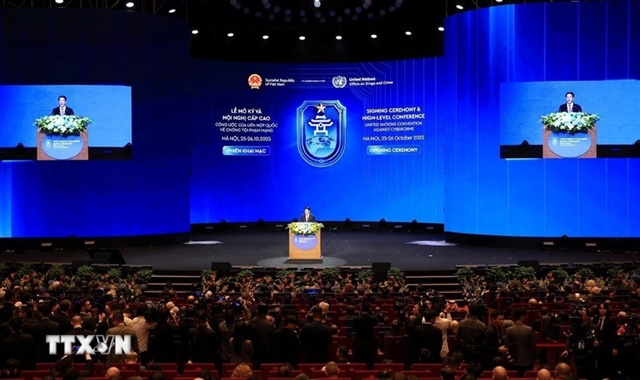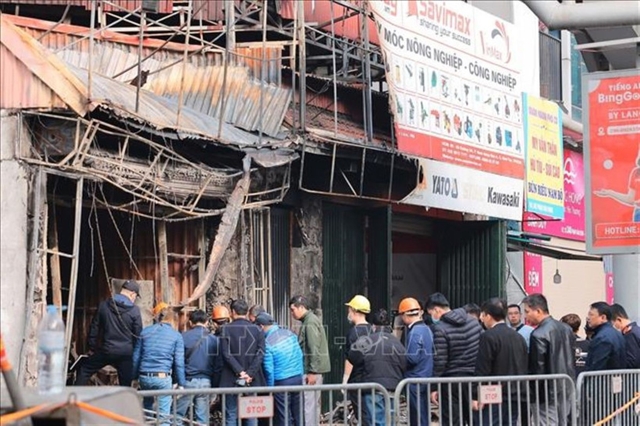 Society
Society


|
| Legal aid officers have focused not only on meeting quantitative targets but also on improving the quality of the legal aid they provide. Photo baochinhphu.vn |
HÀ NỘI — Legal aid officers are emerging as one of the cornerstones of Việt Nam’s justice system, providing free legal support to disadvantaged citizens and strengthening access to justice through professionalism, dedication and growing capacity.
In 2024, each legal aid officer handled an average of 38.4 litigation cases, up from 32.4 in 2023. Around 681 officers nationwide met their litigation case targets, accounting for nearly 100 per cent of the total — more than triple the number recorded in 2016, reflecting the system’s steady progress.
State-run legal aid centres have introduced innovative solutions to not only meet assigned goals but also to improve service quality, protecting the legitimate rights and interests of citizens, particularly those in vulnerable groups.
One key factor behind these achievements has been the creative ideas developed by legal aid centres. Officers are focusing on both quantity and quality, viewing assigned case targets not just as monitoring tools but as opportunities to improve their competence and gain experience.
Nguyễn Tú Anh, director of the State Legal Aid Centre of the capital city Hà Nội, said the centre continues to strengthen and develop its workforce to meet the increasing demand for legal services.
The centre currently employs 50 legal aid officers, 12 more than before 2018, reflecting a growing workload. Of these, 10 hold master’s degrees and 40 hold bachelor’s degrees in law, while 40 have more than five years of experience, forming a solid core team.
Talent development remains a key focus, with nine legal specialists currently undergoing training, including two eligible for appointment after completing their legal aid internship examination in 2025.
In addition to its internal staff, Hà Nội has mobilised 20 private organisations with 54 lawyers and 13 legal consultants, broadening the legal aid network and giving citizens more options for support.
The centre has also developed a team of legal rapporteurs drawn from its legal aid officers.
Thanks to workforce expansion and training, the effectiveness of legal aid operations has improved markedly. Since 2019, all cases have been handled directly by legal aid officers. The number of cases rose steadily from 612 in 2019 to 1,080 in 2020, 1,148 in 2021, 1,854 in 2022, 2,901 in 2023 and 3,284 in 2024.
Given the increasing workload and expansion of eligible beneficiaries, legal aid officers must continue improving their skills and service quality to meet growing demand. The rise in case volume not only calls for more officers but also for greater investment in training and professional development.
Assigning specific case targets
Each year, the Ministry of Justice sets litigation case quotas for legal aid officers. Performance against these targets serves as a basis for evaluating task completion and rewarding achievements.
The quotas vary by seniority. Officers with more than five years of experience must handle at least 29 cases annually to be rated 'excellent.' These targets serve both as motivation and as a monitoring mechanism.
The 2017 Law on Legal Aid stipulates that a legal aid officer may be dismissed if they fail to handle any litigation case for two consecutive years, except under force majeure circumstances.
The State has also raised professional standards for legal aid officers. Under the 2017 Law on Legal Aid, they must hold a bachelor’s degree in law, complete legal training or an internship, maintain good ethics and be in sound health.
Lawyers are likewise encouraged to participate in legal aid through contracts but must meet strict professional and ethical requirements.
Incentive policies
Alongside setting requirements and targets, the Ministry of Justice has advised the Government on policies and incentives for those engaged in legal aid, particularly legal aid officers.
With the implementation of annual case targets and increased litigation allowances, officers have enthusiastically handled assigned cases and proactively reached out to citizens in need.
Once primarily supported by lawyers, litigation activities are now mainly carried out by legal aid officers themselves.
A series of Government decrees have introduced policies to encourage participation in legal aid. Officers are provided with official uniforms that distinguish their role and facilitate their work, especially during litigation.
Legal aid officers receive a 25 per cent professional responsibility allowance based on their current salary plus leadership and seniority allowances (if applicable).
To further motivate officers to focus on litigation, the decree stipulates that they receive an allowance equivalent to 40 per cent of the fee level applicable to lawyers for litigation cases and 20 per cent for out-of-court representation.
The remarkable increase in litigation-related legal aid cases in recent years clearly demonstrates the effectiveness of these comprehensive measures.
By linking targets with accountability, raising professional standards, ensuring proper incentives and enhancing inter-agency coordination, the system has achieved significant progress.
Legal aid is not only a mechanism to guarantee access to justice for the poor and vulnerable but also a humanistic policy that strengthens public trust in the legal system and promotes equality and social justice.
With these foundations, Việt Nam’s legal aid system is poised to play an increasingly vital role in building a rule-of-law state. — VNS




